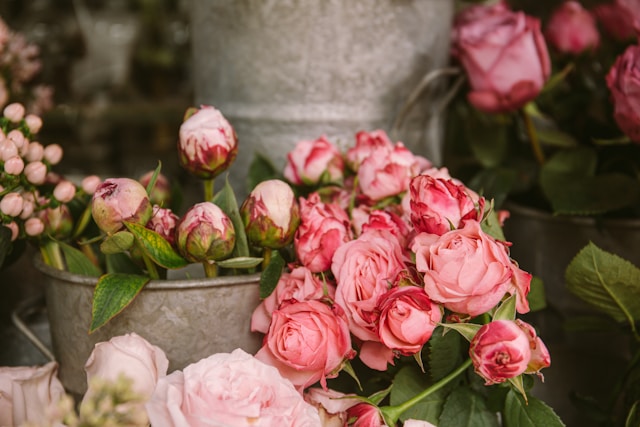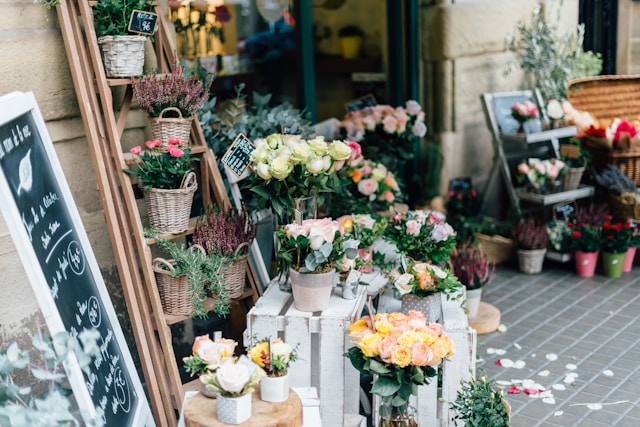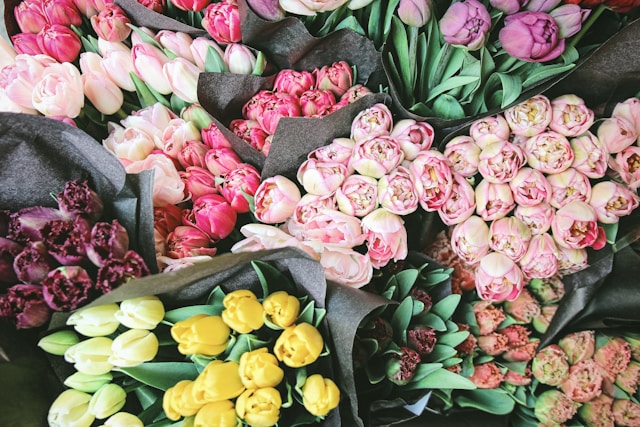Roses are often considered the queen of flowers, prized for their beauty, fragrance, and versatility in the garden. Whether you’re a novice gardener or a seasoned rose enthusiast, mastering the art of rose care is essential for cultivating healthy, vibrant plants that bloom year after year. In this comprehensive guide, we’ll explore everything you need to know to care for your roses and ensure they thrive in your garden.

Selecting the Right Roses
Before diving into care techniques, it’s important to choose the right roses for your garden. With thousands of varieties available, selecting the perfect roses can be overwhelming. Here are some factors to consider:
- Climate: Choose roses that are well-suited to your climate zone. Consult local gardening experts or nurseries for recommendations;
- Purpose: Determine whether you want roses for their beauty, fragrance, or specific use (such as cut flowers or landscape design);
- Growth Habit: Consider the size and growth habit of the roses, including their height, spread, and whether they are climbers, shrubs, or hybrid teas;
- Disease Resistance: Look for disease-resistant varieties to minimize the need for chemical treatments and reduce maintenance.
Essential Care Techniques
Once you’ve selected the perfect roses for your garden, it’s time to focus on care techniques to keep them healthy and thriving. Here are the essential steps:
- Planting: Choose a sunny location with well-drained soil for your roses. Dig a hole slightly larger than the root ball and amend the soil with compost or organic matter. Plant the roses at the same depth as they were in the container and water thoroughly;
- Watering: Roses require regular watering, especially during dry spells. Water deeply to encourage deep root growth and avoid shallow watering that can lead to root rot. Use a soaker hose or drip irrigation system to deliver water directly to the roots and avoid wetting the foliage, which can promote disease;
- Pruning: Pruning is essential for maintaining the health and shape of your roses. Prune in late winter or early spring before new growth begins, removing dead, diseased, or crossing branches. Use sharp, clean pruning shears and make angled cuts just above outward-facing buds;
- Fertilizing: Feed your roses regularly with a balanced fertilizer formulated for roses. Apply fertilizer in early spring as new growth emerges, and again after the first flush of blooms. Avoid over-fertilizing, as this can lead to excessive foliage growth at the expense of flowers;
- Mulching: Apply a layer of organic mulch, such as shredded bark or compost, around the base of your roses to conserve moisture, suppress weeds, and improve soil fertility. Mulch also helps regulate soil temperature and protects the roots from temperature extremes;
- Disease and Pest Control: Keep an eye out for common rose diseases such as powdery mildew, black spot, and rust, and take prompt action to control them. Use organic or chemical treatments as needed, and practice good sanitation by removing and disposing of infected leaves and debris. Additionally, inspect your roses regularly for pests such as aphids, thrips, and spider mites, and treat infestations promptly to prevent damage;
- Winter Protection: In cold climates, provide winter protection for your roses to prevent damage from freezing temperatures and harsh weather conditions. Mulch around the base of the plants to insulate the roots, and consider wrapping tender varieties with burlap or other protective materials.
Enjoying Your Roses
With proper care and attention, your roses will reward you with abundant blooms and lush foliage throughout the growing season. Take time to appreciate their beauty, fragrance, and the joy they bring to your garden and home. By following the tips and techniques outlined in this guide, you can cultivate healthy, thriving roses that enhance your outdoor space for years to come. Happy gardening!


